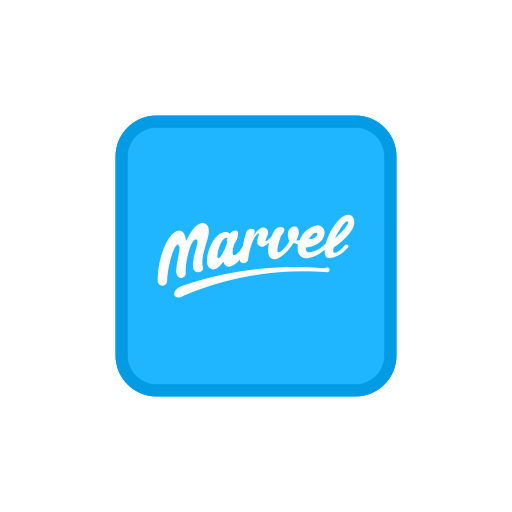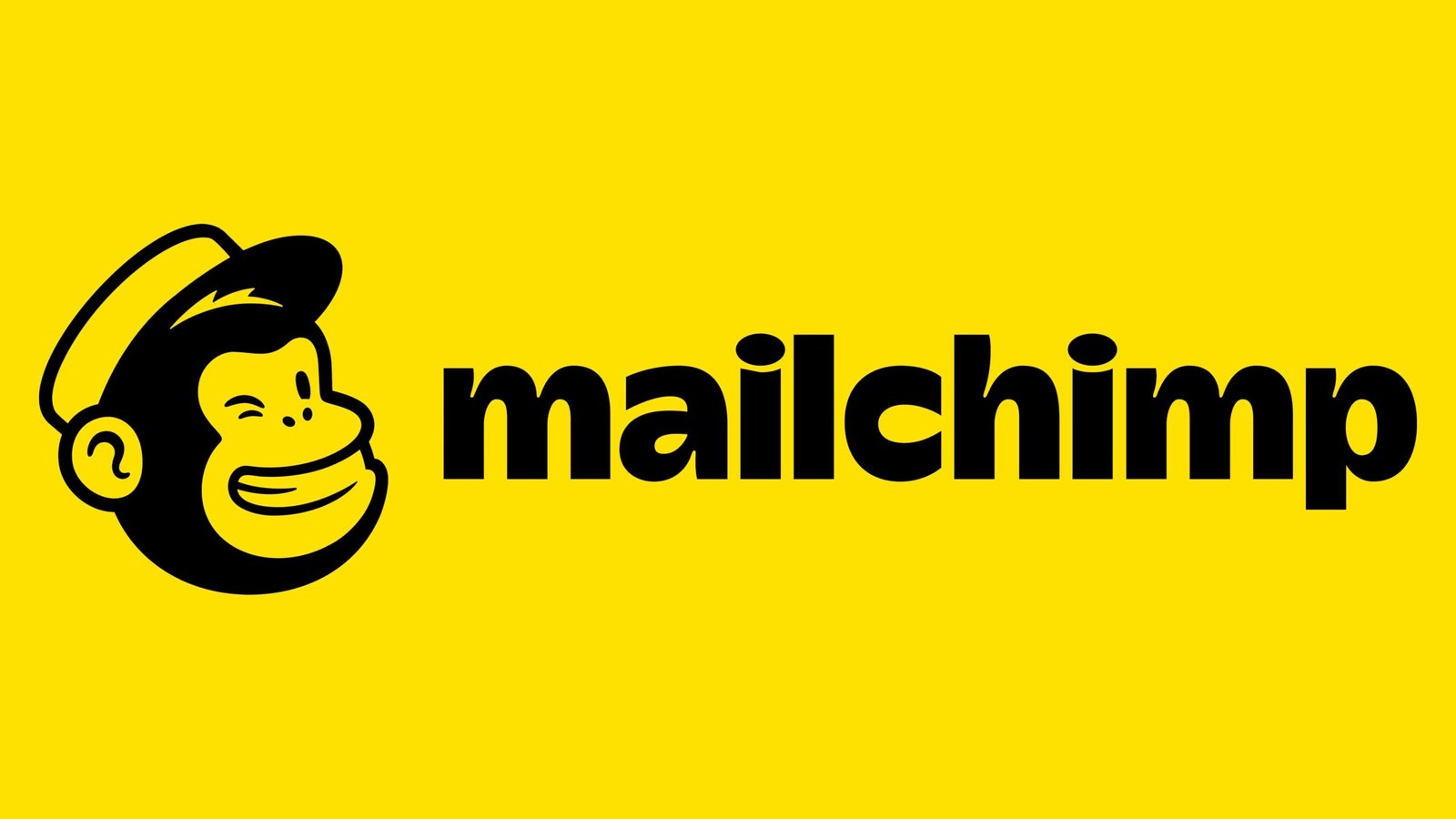AI-powered tool for 3D design and VR prototyping.
Gravity Sketch is a 3D design tool that allows designers to create, model, and collaborate in a virtual reality (VR) environment. Designed to bring a more intuitive and immersive approach to 3D modeling, Gravity Sketch is widely used in automotive design, industrial design, and footwear design, among other industries. The software enables designers to create and manipulate 3D objects in a spatial environment, providing a natural and hands-on approach to 3D modeling.
Key Features
- VR-Based Modeling: Gravity Sketch leverages virtual reality to provide an immersive 3D modeling experience, allowing users to create and manipulate objects in a full 3D space using VR controllers.
- Intuitive Interface: The software’s interface is designed for ease of use, enabling designers to quickly sketch, model, and iterate on designs in a way that feels natural and intuitive.
- Collaborative Design: Gravity Sketch supports real-time collaboration, allowing multiple users to work on the same design simultaneously in a shared virtual space, regardless of their physical location.
- Cross-Platform Support: While optimized for VR, Gravity Sketch also supports desktop workflows, allowing users to access and edit their designs outside of VR.
- Sketching and Surfacing: The software offers powerful tools for sketching and creating surfaces, making it ideal for concept development and early-stage design exploration.
- Import/Export Capabilities: Gravity Sketch supports various file formats, enabling users to import CAD data into the VR environment or export their designs for further refinement in other software.
- Cloud Integration: Designs can be saved and shared via the cloud, ensuring easy access and collaboration across different devices and platforms.
Benefits
- Immersive Design Experience: Gravity Sketch’s VR-based approach allows designers to work in a fully immersive 3D environment, offering a more intuitive and hands-on experience compared to traditional 2D interfaces.
- Enhanced Collaboration: The ability to collaborate in real-time within a shared VR space enhances teamwork and communication, making it easier to iterate and refine designs with input from multiple stakeholders.
- Rapid Concept Development: Gravity Sketch’s intuitive tools enable quick sketching and modeling, making it ideal for early-stage design exploration and concept development.
- Cross-Platform Flexibility: While optimized for VR, Gravity Sketch’s support for desktop workflows and cloud integration ensures that designs can be accessed and edited from various devices.
Strong Suit
Gravity Sketch’s strongest feature is its VR-based 3D modeling environment, which offers an immersive and intuitive design experience that is particularly well-suited for concept development and collaborative design in industries like automotive and industrial design.
Pricing
- Free Version: Available with limited features, suitable for personal projects and small teams.
- Pro Plan: $25 per user per month, offering advanced features, collaboration tools, and cloud storage.
- Enterprise Plan: Custom pricing for large teams and enterprises, with additional collaboration features and administrative controls.
Considerations
Gravity Sketch’s reliance on VR hardware may limit its accessibility to users who do not have access to VR equipment. Additionally, while it excels in concept development, users requiring advanced CAD features or detailed engineering tools may need to use it in conjunction with other software.
AI-driven tool for prototyping and design collaboration.
AI-powered tool for interactive design and prototyping.
AI-driven tool for 3D design and AR product visualization.
Summary
Gravity Sketch is a VR-based 3D design tool that offers an immersive and intuitive approach to modeling, making it ideal for concept development and collaborative design in industries like automotive and industrial design. Its real-time collaboration features and cross-platform support enhance teamwork and flexibility, while its VR environment provides a unique and hands-on design experience. However, its reliance on VR hardware and focus on early-stage design may require users to complement it with other CAD software for more detailed engineering work.













